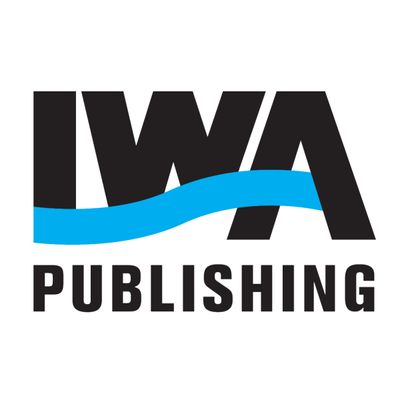

Season matters when sampling streams for swine CAFO waste pollution impacts
Concentrated (or confined) animal feed operations (CAFOs) are the principal means of livestock production in the United States, and such facilities pollute nearby waterways because of their waste management practices; CAFO waste is pumped from the confinement structure into a cesspit and sprayed on a field. Stocking Head Creek is located in eastern North Carolina, a state with >9,000,000 head of swine confined in CAFOs. This watershed contains 40 swine CAFOs; stream water quality was investigated at seven sites during 2016, with five sampling dates in early spring and five in summer. Geometric mean fecal coliform counts were in the thousands/100 mL at five sites in spring and all seven sites in summer. Excessive nitrate pollution was widespread with concentrations up to >11.0 mg N/L. Seasonality played an important role in pollutant concentrations. In North Carolina, spraying animal waste on adjoining fields is permissible from March 1 through September 30. Seasonal data showed significantly higher (
